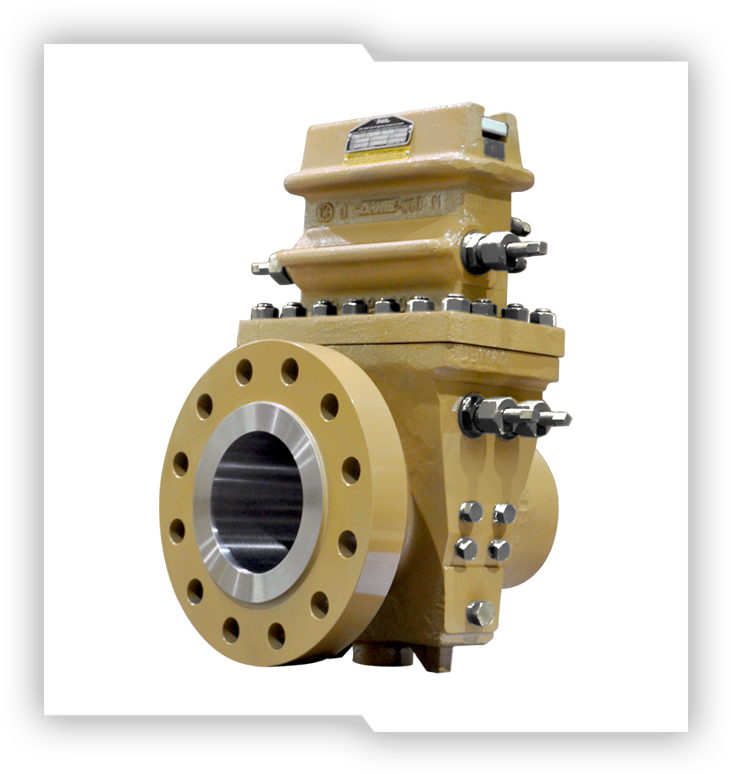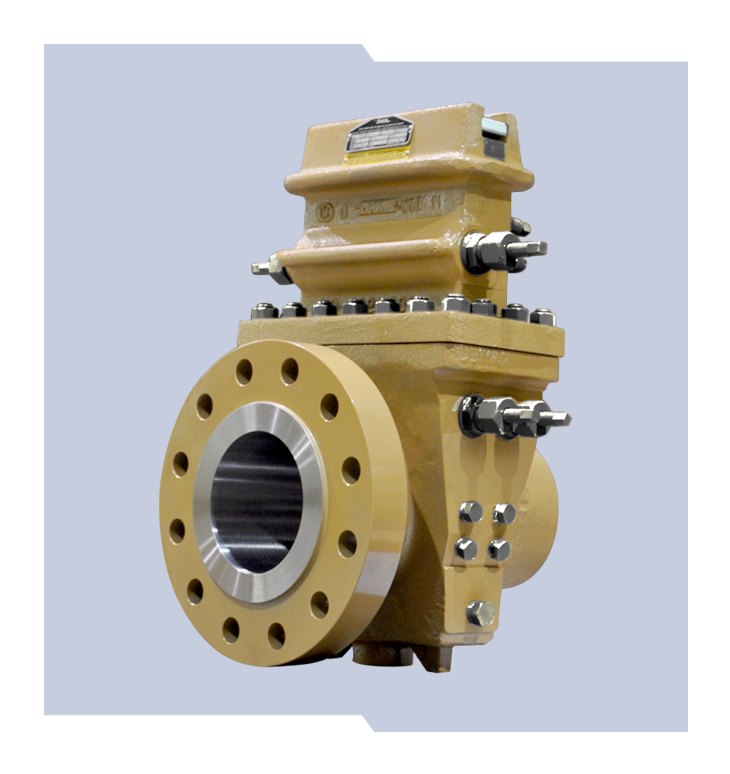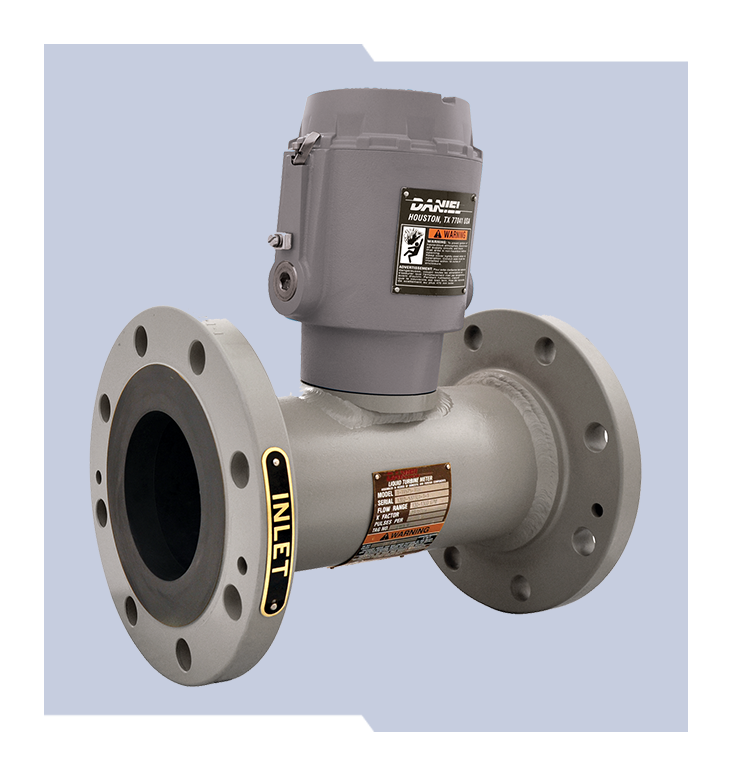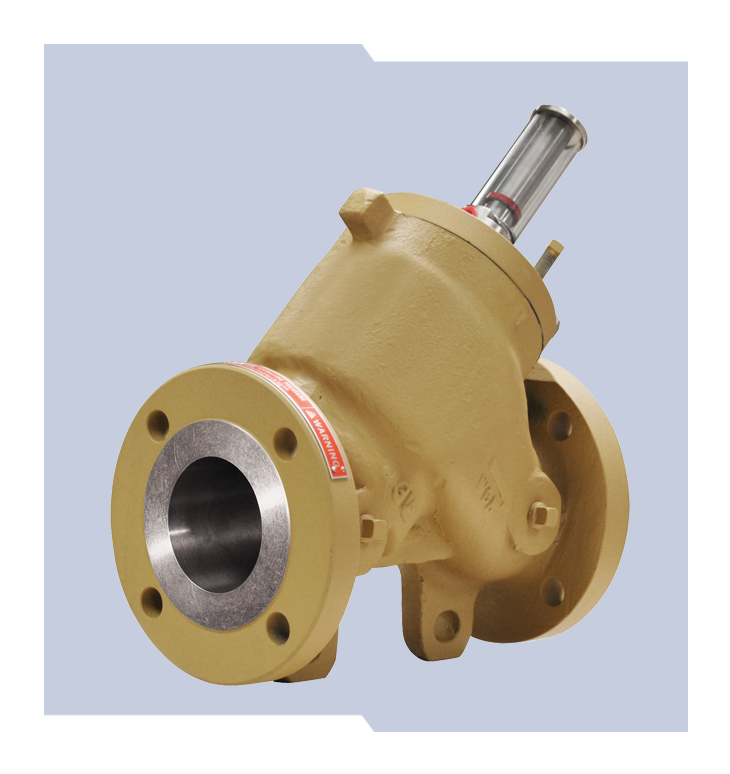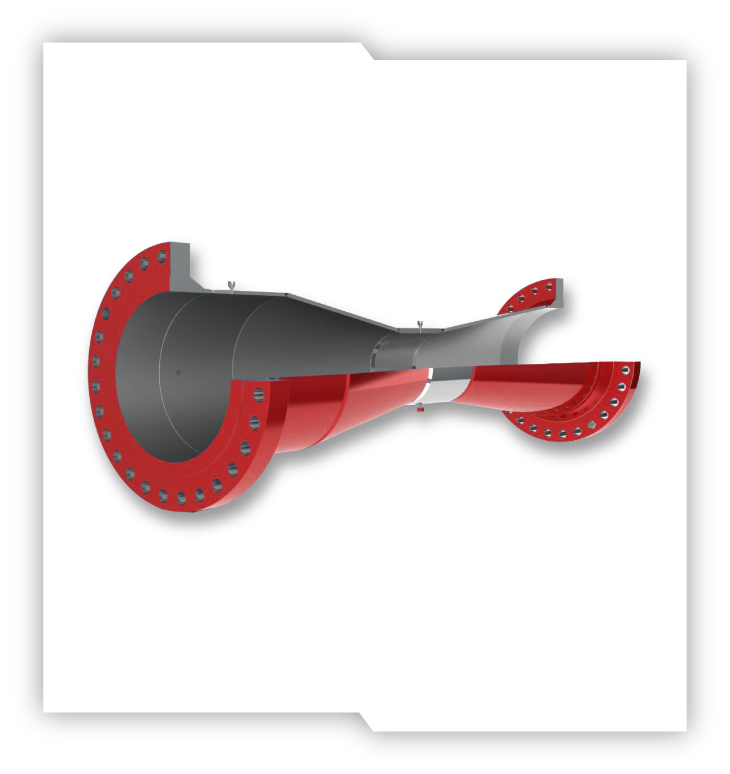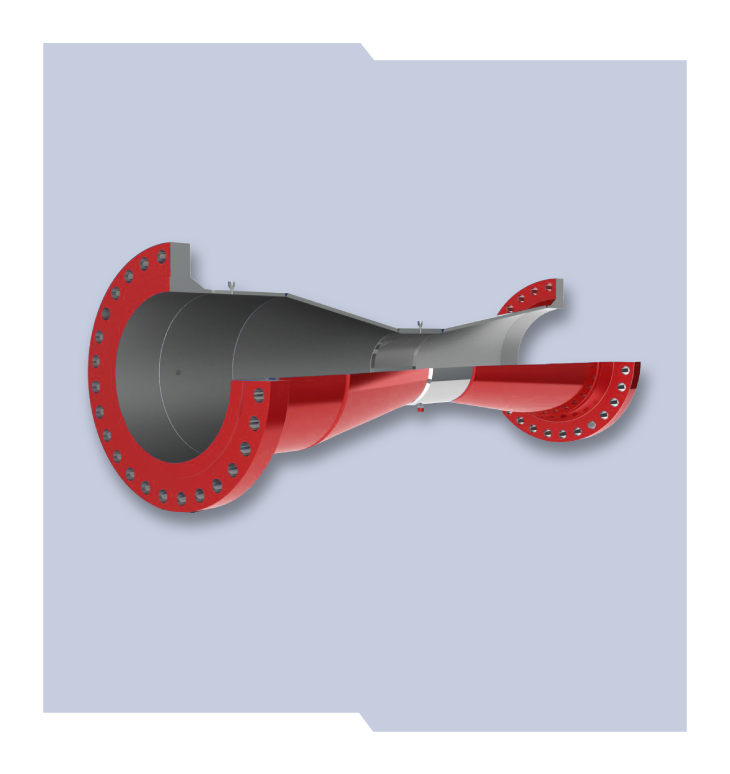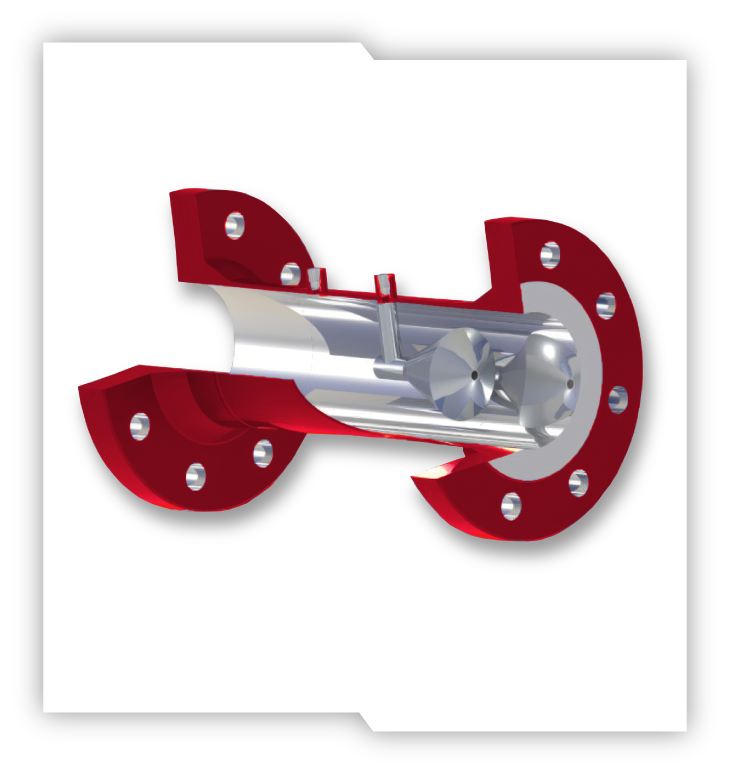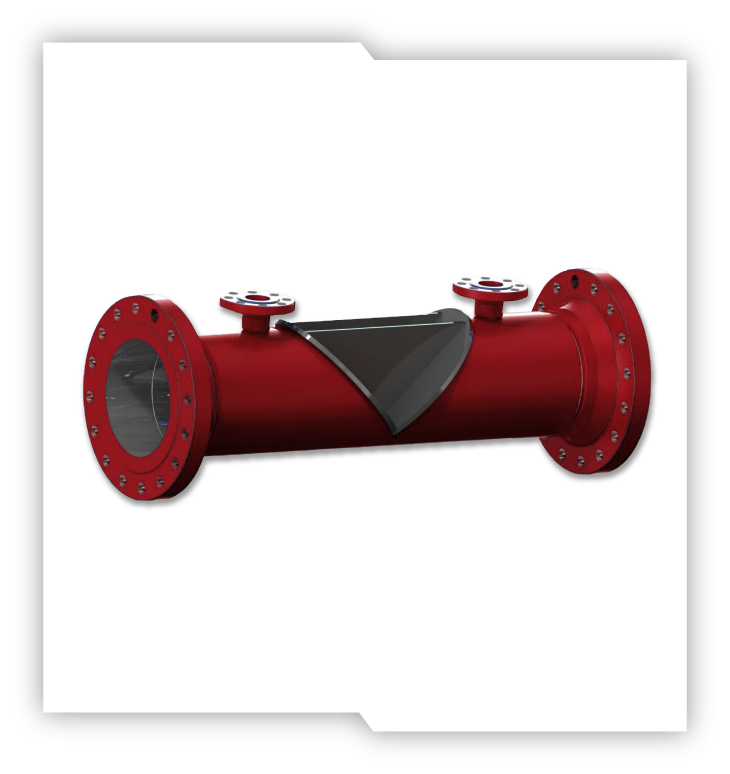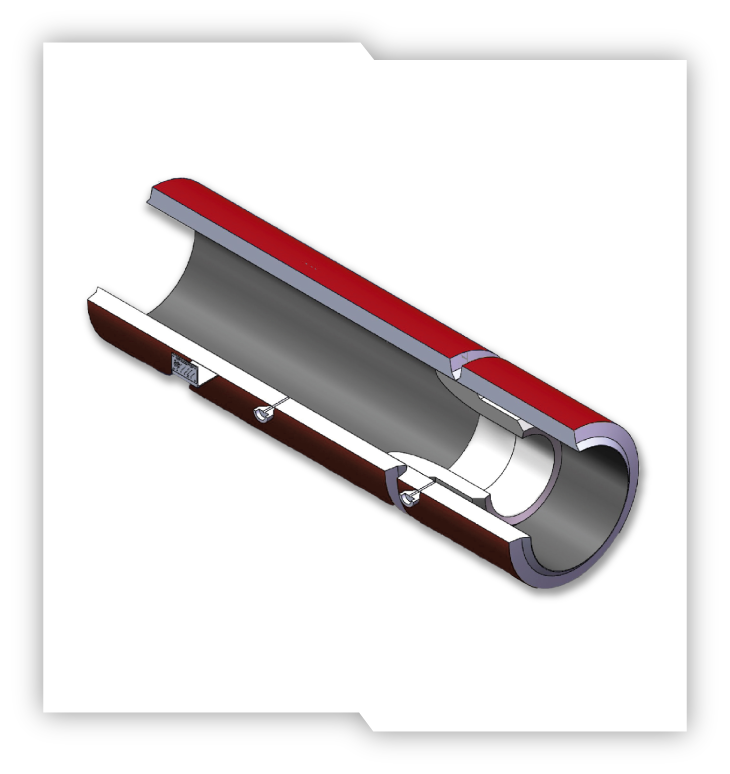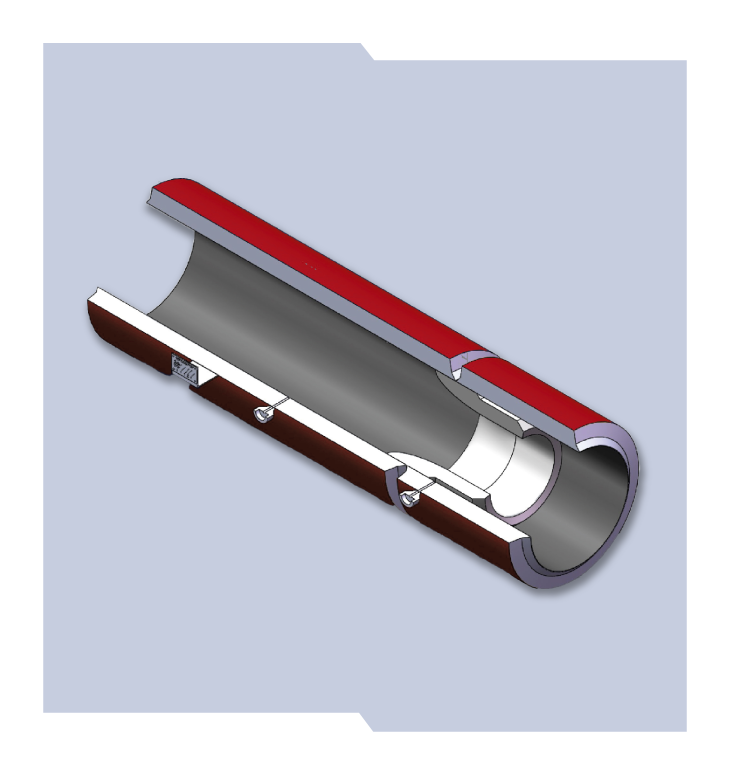
DECADES
PROVEN.
FIELD
CHOSEN.
With over 90 years’ experience, Daniel is the only manufacturer that has the knowledge and expertise to engineer and offer superior products that are trusted to provide the most reliable and accurate measurements in the global oil and gas industry.
Why Choose Daniel?
Since its inception, Daniel has worked tirelessly to develop and understand the keys to creating accurate and reliable flow measurements. We have invested time, energy, and testing to ensure a great design system, then working closely with our customers, we help pair them with the correct meter for the desired application. But we don’t just stop there! We work one-on-one, providing the proper attention to detail and helping them navigate piping requirements and maintenance, which are critical to flow meter performance and achieving accurate measurement. We leave little room for error, giving clients peace of mind and leaving them with products they can rely on for years to come.




